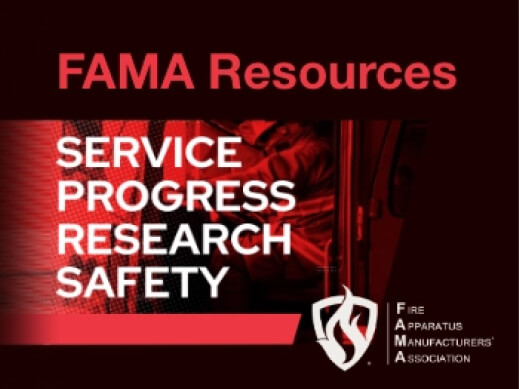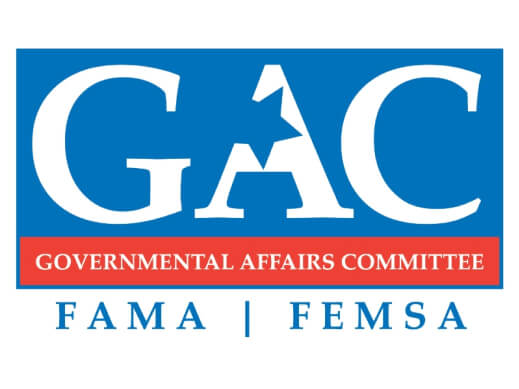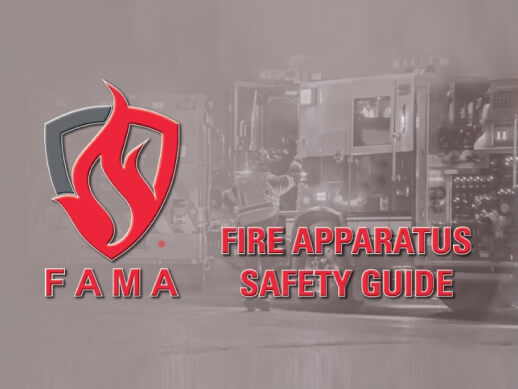There’s a whole lot more to marker lights than you might think! Here are some key points to consider.
The topic may seem trivial, but those five little amber lights on the front of your apparatus cab are extremely important. Coupled with the other marker lights on your apparatus, they’re designed to keep you and other motorists safe. Lack of knowledge commonly leads to marker lights being modified or obstructed, which can put firefighters at risk.
WHAT IS THE FUNCTION OF MARKER LIGHTS?
Marker lights are designed to tell other motorists about the other vehicles on the road. They indicate things like vehicle size, vehicle shape, and direction of travel. Marker lights are a visual signature, which means they don’t require a common language, the ability to read, or any special skillset to recognize.
Generally speaking, amber marker lights designate the front of a vehicle and red marker lights designate the rear of a vehicle. The number of lights and their placement tell other motorists a lot about the other vehicles on the road—long before the vehicles encounter each other on the roadway.
In short, marker lights, and specifically the identification lights on the leading edge of the cab, create an easily recognizable visual signature that tells other motorists, “Hey! There’s a large vehicle ahead!”
WHAT ARE THE REQUIREMENTS?
For a long time, fire apparatus manufacturers have been responsible for the spacing and configuration of marker lights. This impacts many Fire Apparatus Manufacturers’ Association (FAMA) members. Marker lights are required on all vehicles, including fire trucks. Manufacturers are required to follow Federal Motor Vehicle Safety Standard 108 (FMVSS 108), which defines where and how marker lights must be installed. Just because a fire apparatus is big, red, and gets to call for right of way while responding, doesn’t mean it gets a pass from the law.
On vehicles wider than 80 inches, the primary two systems of marker lights are clearance marker and identification lights.
The clearance marker lights are the two outermost fixtures on the cab, which are used to identify the outer edges of the vehicle’s body. These fixtures must be mounted as high and wide as practicable and at the reasonable discretion of the apparatus OEM.
Identification marker lights are a group of three lights, with the middle fixture mounted on the centerline of the vehicle. These fixtures create a visual signature that identifies the vehicle as wider than 2,032 mm (80 inches). This group of fixtures must always be a group of exactly three, placed no closer than 6 inches and no further than 12 inches apart.
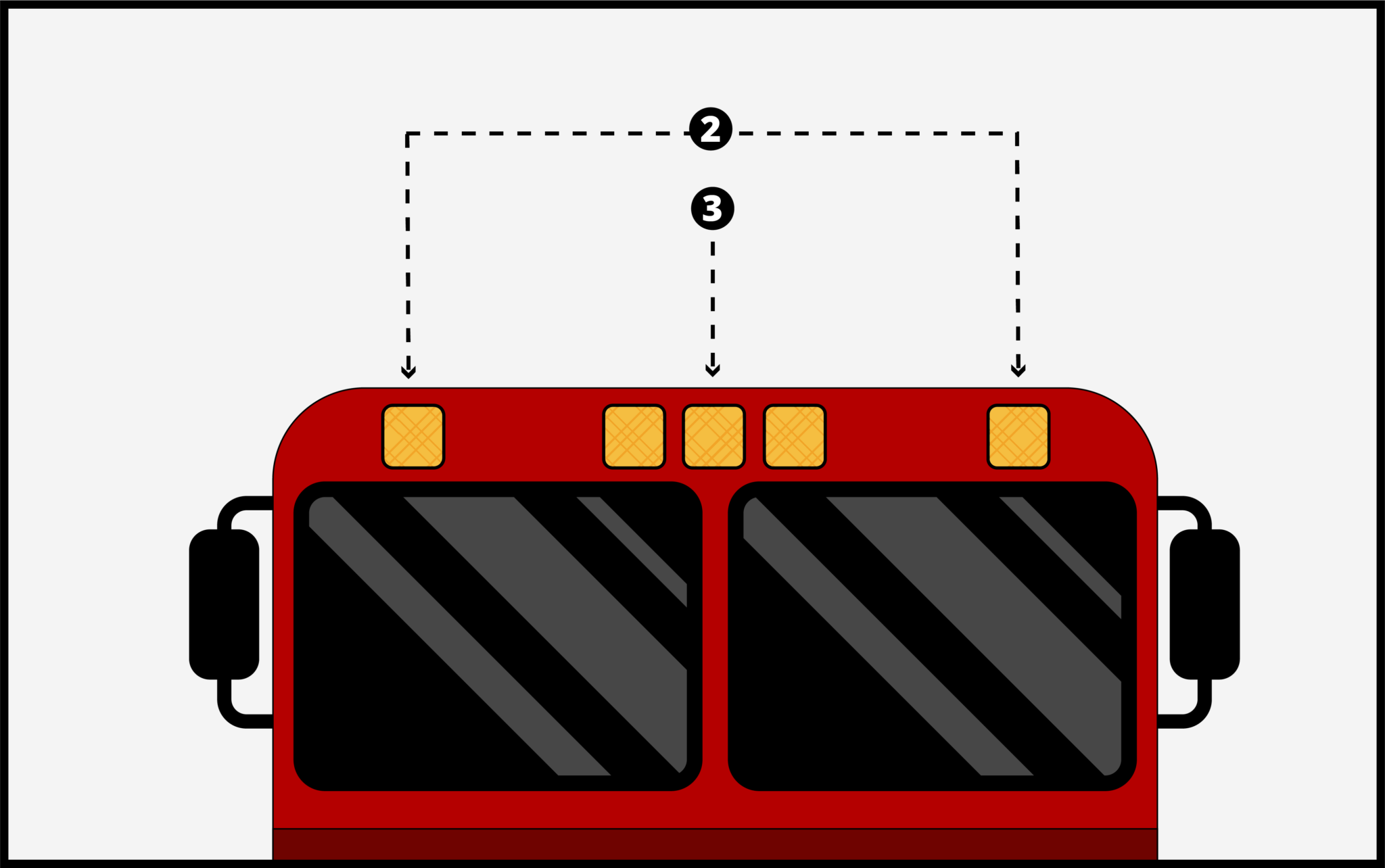
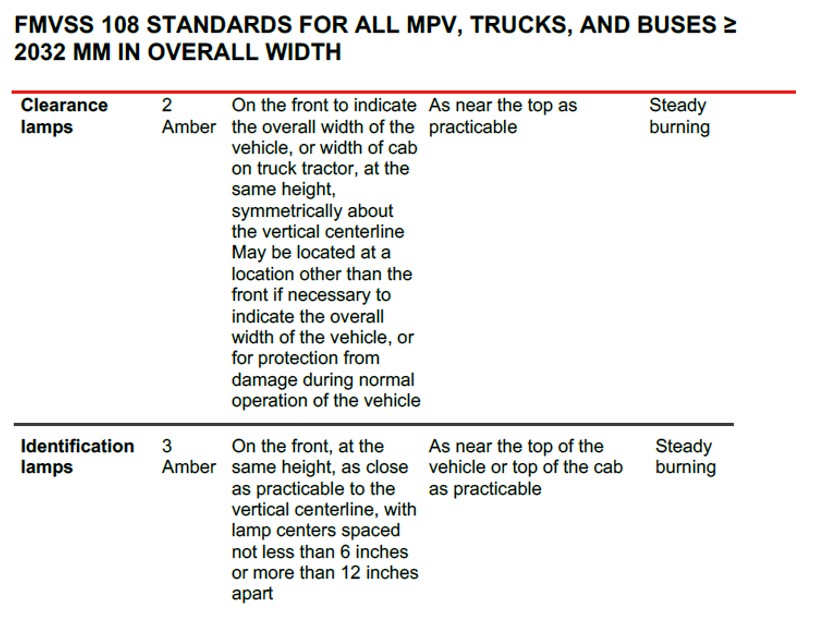 WHY MENTION ALL THESE RULES?
WHY MENTION ALL THESE RULES?
A fire apparatus often has other auxiliary lighting systems and vehicle accessories installed on the body, which makes it a unique application when it comes to FMVSS 108 standards. Whether the apparatus is built new at the apparatus manufacturer or modified in the bays of the fire station, it’s important that the marker lights aren’t obstructed, removed, covered, or altered in their function in any way. The position, color, and operational modes are important, and any modification of the system or deviation from the FMVSS 108 standard opens the operator up to significant liability.
With this understanding of marker light requirements, FAMA member companies and the agencies they serve can ensure FMVSS 108 compliance when designing or modifying their next fire apparatus.
FAMA is committed to the manufacture and sale of safe, efficient emergency response vehicles and equipment. FAMA urges fire departments to evaluate the full range of safety features offered by its member companies.
